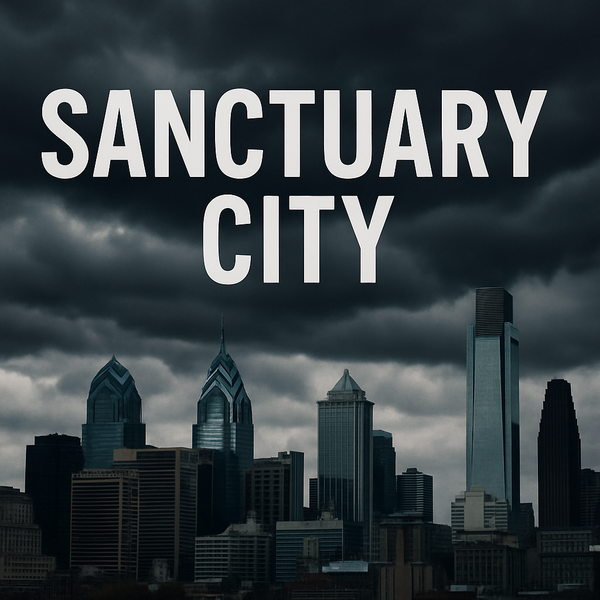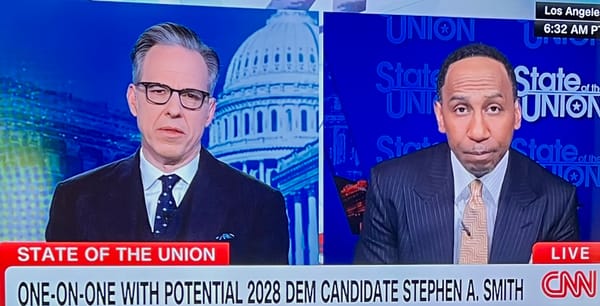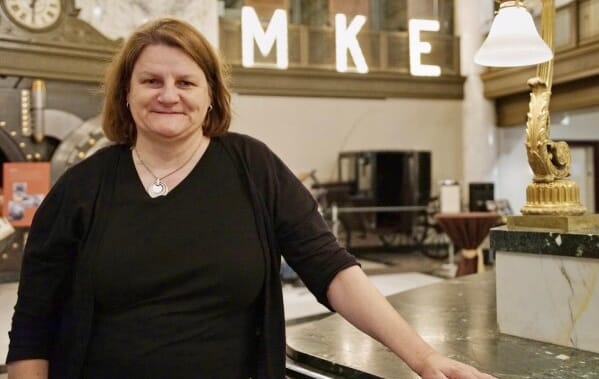Why I like cops
I admit it. That headline, which once would have tasted as bland as yogurt, has assumed the aura of racism, so I have to explain.
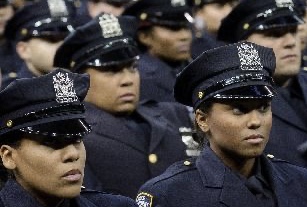
I mean good cops.
I also like good doctors, teachers, truck drivers, accountants, farmers, even journalists. I don’t like bad ones.
But liking cops seems different somehow. Why?
Because, as then-Police Commissioner Sylvester Johnson told me, on any given day, a cop may be called upon to save a life, give a life — or take a life. It is the last of the triad that has brought us to where we are today: The taking of life. it is an enormous responsibility, and it has been abused.
That is why we need only the best to wear the uniform and the badge, and that is where some police departments have failed, but not all of them.
If you reflexively hate all cops, you are as bigoted as you imagine them to be. And you are probably operating off bad assumptions.
In 2015, the last year for which the U.S. Bureau of Judicial Statistics has stats, there were 53.5 million contacts between police and civilians. That 53.5 million figure tells us the number of contacts where something goes wrong is tiny, but not unimportant.
The Defund Police movement, that came out of the dizziness of nowhere, has become a national bone to chew on, even though a poll revealed only 16% of Democrats want to go there. (And 15% of Republicans!)
Arguing against destroying police departments is a waste of time, especially since so many who scream “defund police” say, no, that’s not what we mean. As I said yesterday, if you have a catch phrase that has to be explained, you need a new catch phrase.
So let’s remain rooted in reality and take a look at some of the reforms that have been suggested. These ideas can be discussed.
There are many ideas. These include creating a national police misconduct registry, to prevent cops who were fired by one department from being hired in another; prohibit no-knock warrants; banning choke holds; mandating drug testing after a shooting; changing arbitration procedures; tighter guidelines for drawing a firearm; banning tear gas and rubber bullets; change “qualified immunity” to make suing cops easier; anti-bias training; hiring more minority police; restricting military-style equipment; stronger discipline in cases of misconduct; shifting funds to social services.
Do I agree with all of these? No, but it provides a basis for rational discussion.
Let me discuss one idea that I know something about — hiring minorities to join the Philadelphia Police Department.
As African-American Police Commissioner Charles Ramsey told me at the time, You think we haven’t tried?
Ramsey tried recruiting at black colleges and universities.
Guess what?, he asked me, as we sat in his office in the Roundhouse.
Black college graduates don’t want a career that pays less than they can get elsewhere and which can end in death. Becoming a cop is not the easiest path to tread.
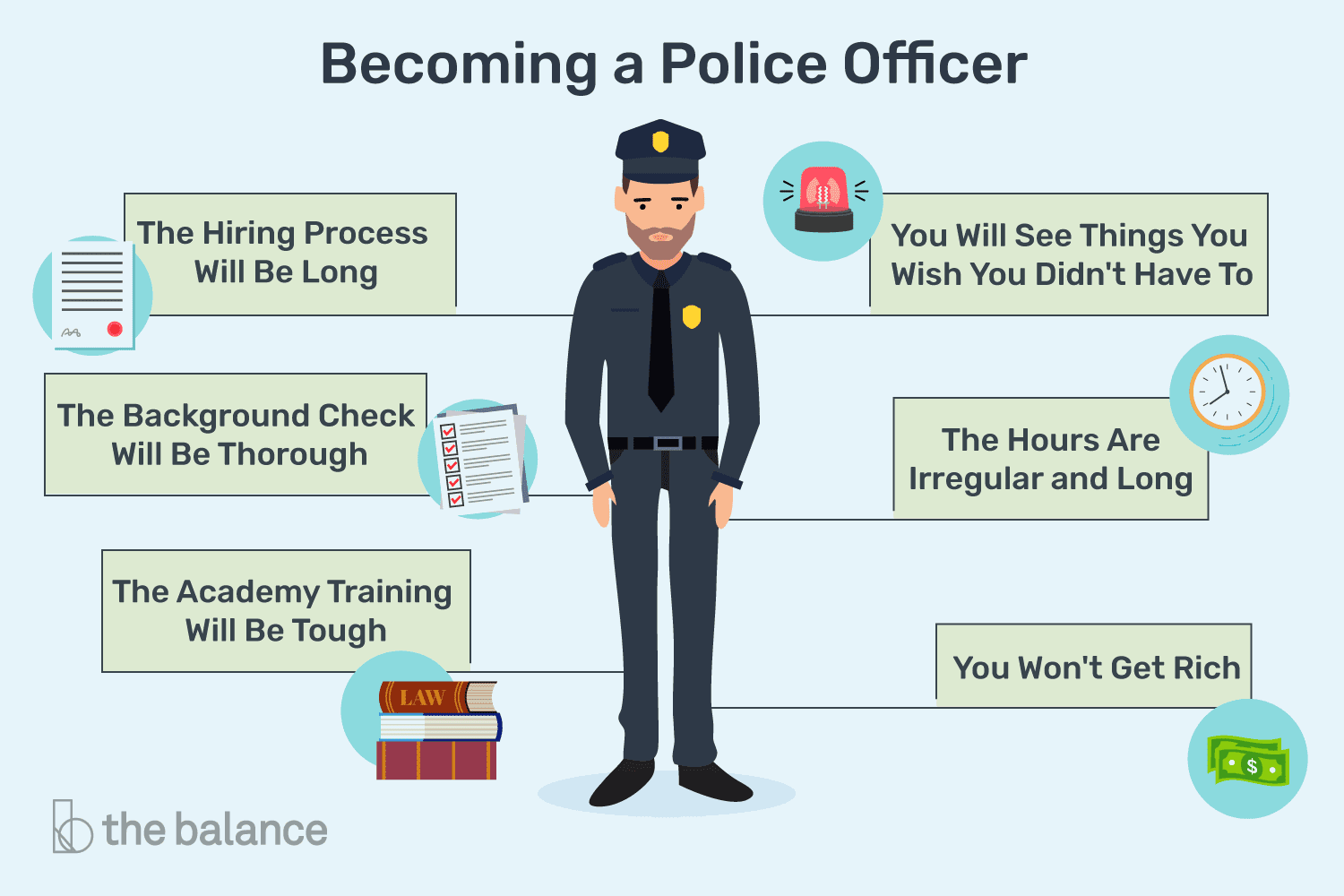
Police used to have to live in the city. In 2012, they gained the right to live elsewhere in Pennsylvania after five years of service. Nonresident applicants who are hired are given six months to move into Philadelphia. This was done in part to expand the employment pool.
At one time, having a minor conviction — let’s say for drug possession — would be enough to bar you from the force.
Today, it would not. That bar was lowered primarily to help minority candidates who were more likely to have had minor scrapes with the law, according to Ramsey. The general idea was that a mistake made as a youth should not be a permanent blot.
A police spokesman said he could not provide great specificity, but that decisions are made on a case-by-case basis, “while also in alignment with standards set by the Municipal Police Officers Education and Training Commission.”
Factors considered “include the recency and amount of drug usage,” he said.
That means ex-cons can be cops in Philadelphia.
I am not complaining, I am giving an example of how hard PPD has tried to attract minority recruits -- and it has had success.
In 1987, 19% of the PPD force was black, 2% Hispanic.
By 2015, black representation doubled to 37%, Hispanics sextupled to 13%. Asians were 7%, and whites were 42% — and those stats are good for big-city police departments. They come close to reflecting the community they serve.
Are there bad apples in the police barrel? Yes, and I have written about them, but that is a subject for another day.
The vast majority are good, and when I say I like cops, I mean them.
